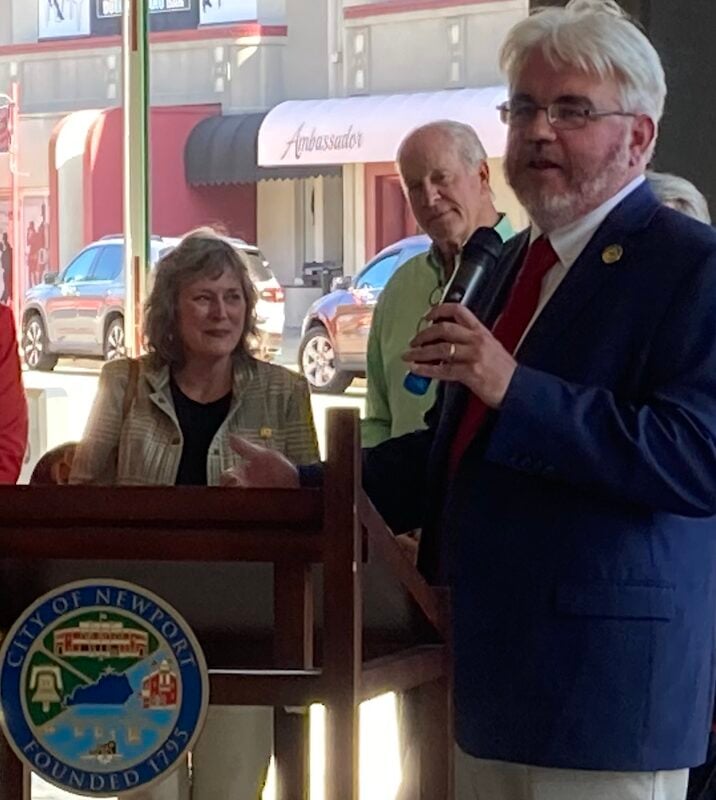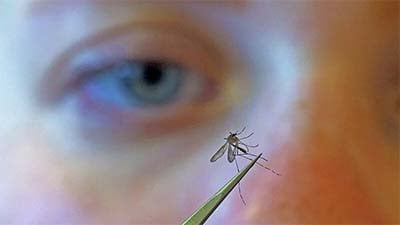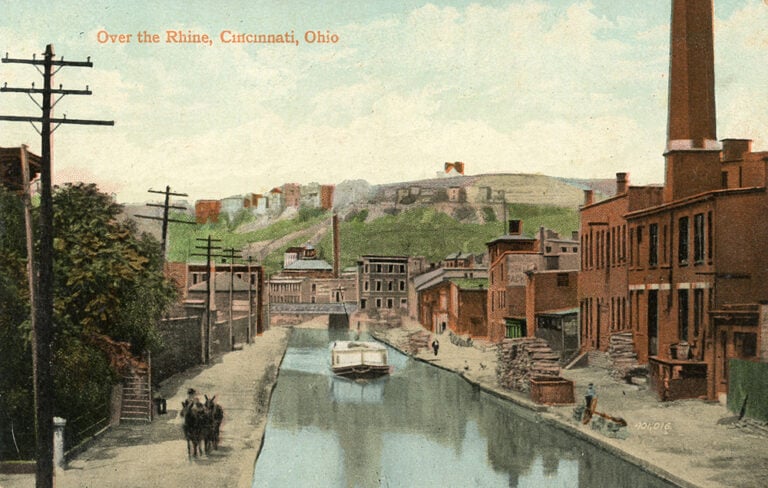
U.S. Agriculture Secretary Tom Vilsack joined Kentucky Gov. Steve Beshear and University of Kentucky officials in Lexington today to announce the establishment of the USDA Rural Child Poverty Nutrition Center at UK.
The center will use “cutting-edge solutions in child nutrition to reduce child food insecurity in states with the highest number of persistently poor rural counties,” according to a press release from UK and USDA. Currently, about 85 percent of all persistently poor counties in the United States are in rural areas, and children are one of the most vulnerable groups living in rural areas.
“The center will make it possible for children in rural areas to access much-needed nutrition assistance and help close the large food insecurity gap between urban and rural communities,” Vilsack said.
“We are honored the USDA has chosen us to be their partner in this extremely important endeavor to reduce child food insecurity in persistently poor rural counties in Kentucky and several other states,” said Nancy Cox, dean of the UK College of Agriculture, Food and Environment.
With USDA’s investment of $2.5 million, the Rural Child Poverty Nutrition Center will administer and evaluate a series of sub-grants targeted to as many as 30 rural areas with high poverty rates in up to 15 states. The communities will use the funds to better coordinate existing child nutrition programs and create solutions to target child food insecurity. UK will partner with Altarum Institute and the Southern Rural Development Center to develop the center.
In Kentucky alone, more than 26 percent of children live in poverty. In 2014, President Obama designated Eastern Kentucky as a Promise Zone to receive integrated federal efforts to create jobs, increase economic security, expand educational opportunities, increase access to quality, affordable housing and improve public safety through local community partnerships. Seventy-three counties in Kentucky are also part of the USDA’s StrikeForce for Rural Growth and Opportunity, a strategic approach to addressing the unique set of challenges faced by many of America’s poorest rural communities.

















